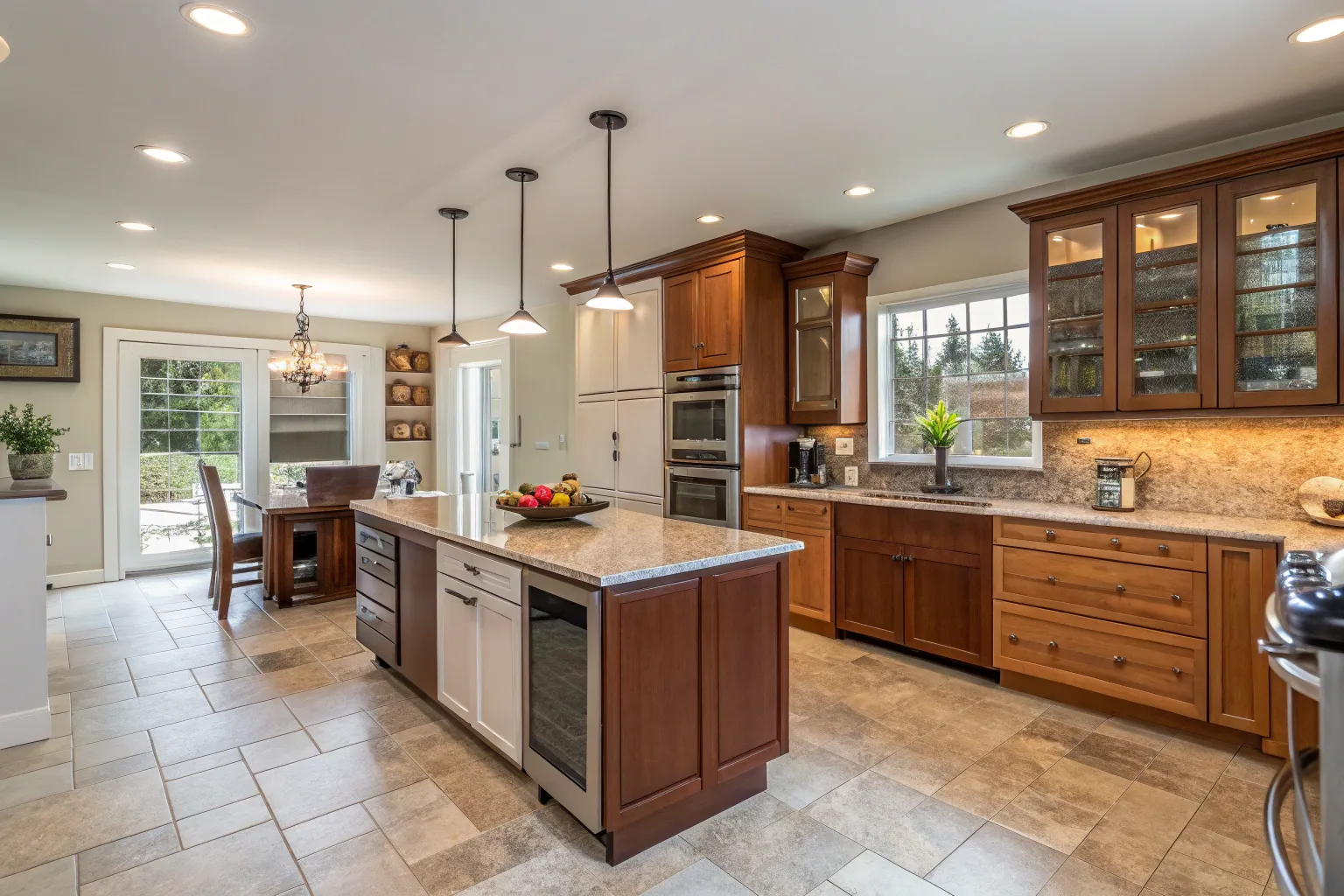As an interior architect with over a decade of experience designing functional kitchens, I’ve witnessed firsthand how thoughtful ergonomic design can transform not just the aesthetic appeal of a space, but the very quality of life for its users. Kitchen ergonomics isn’t merely a design consideration—it’s the backbone of a truly successful kitchen that supports health, efficiency, and enjoyment. In this comprehensive guide, I’ll share professional insights on optimizing kitchen spaces based on established interior design standards and my experience working with diverse clients and spaces.
Understanding Kitchen Ergonomics: The Foundation of Functional Design
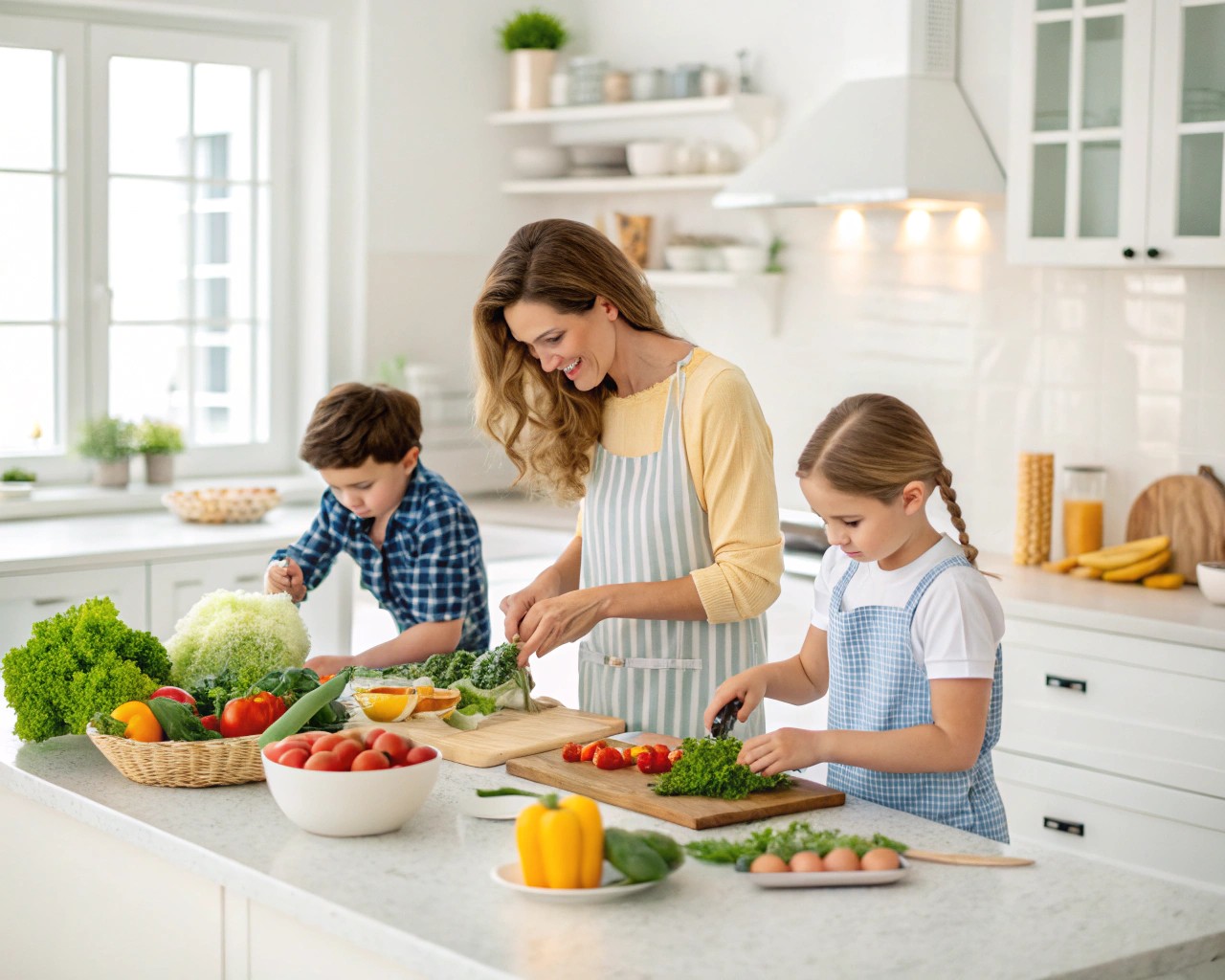
Kitchen ergonomics focuses on creating a space that complements the human body in practical and healthy ways. When I approach a new kitchen design, my primary goal is to reduce unnecessary bending, reaching, and straining that can lead to chronic discomfort. Poor kitchen design inevitably results in physical strain, wasted energy, and frustration during cooking and cleaning tasks.
The fundamental principle of kitchen ergonomics is simple: the environment should adapt to the user, not the other way around. This means considering the physical capabilities and limitations of everyone who will use the kitchen, from the primary cook to other family members and guests. By implementing ergonomic principles, we can prevent chronic pain and create a space that is both functional and enjoyable to use.
10 Core Principles of Ergonomic Kitchen Design:
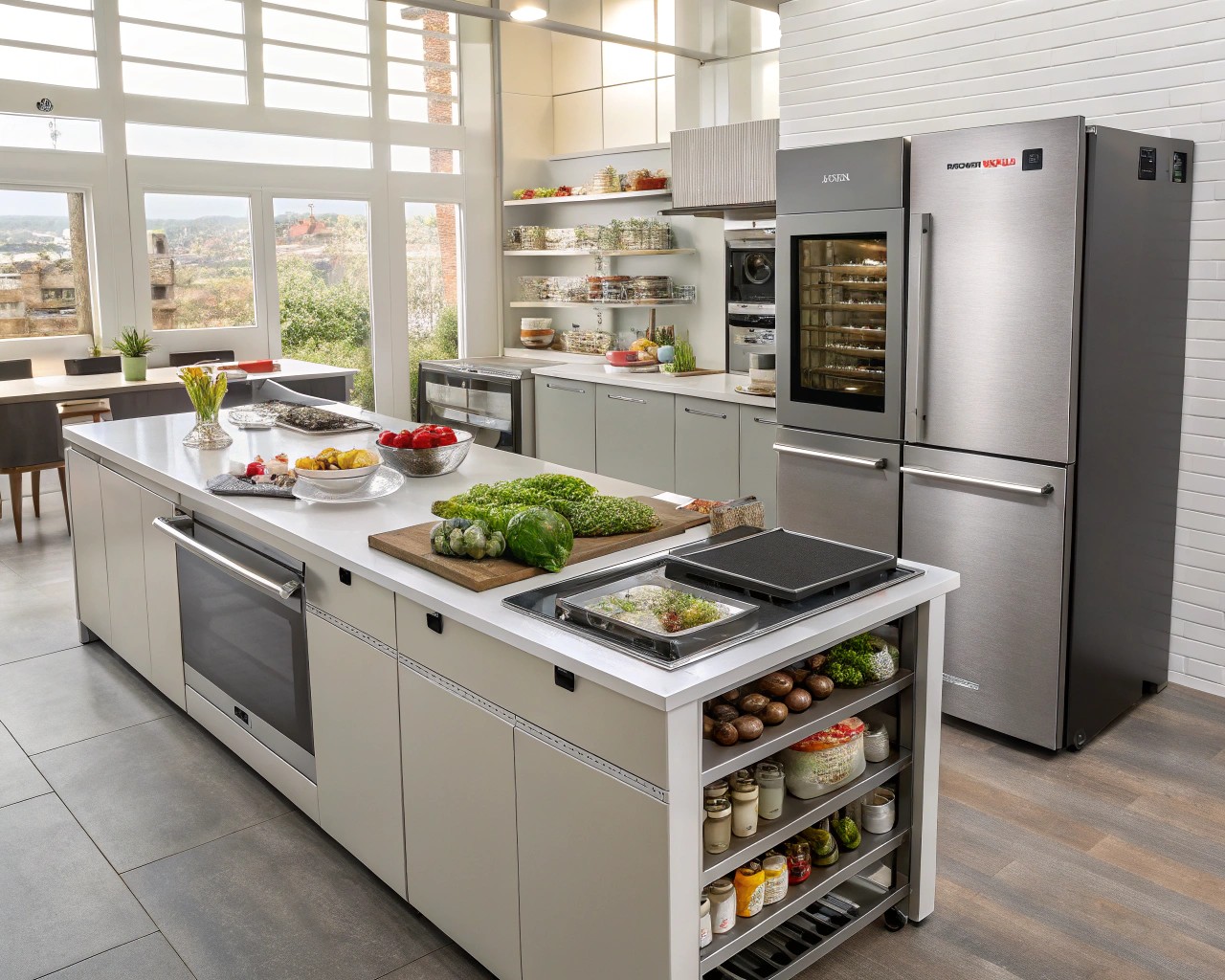
- Optimize the work triangle connecting the sink, stove, and refrigerator
- Adjust working surfaces to appropriate heights for users
- Place frequently used items within easy reach
- Create adequate space between work zones
- Design for proper posture during common tasks
- Integrate appropriate lighting for all work areas
- Select flooring that reduces fatigue during standing
- Arrange storage based on frequency of use
- Eliminate obstacles in primary work paths
- Design for the specific needs of the primary users
The Science of Kitchen Layouts: Finding Your Perfect Match
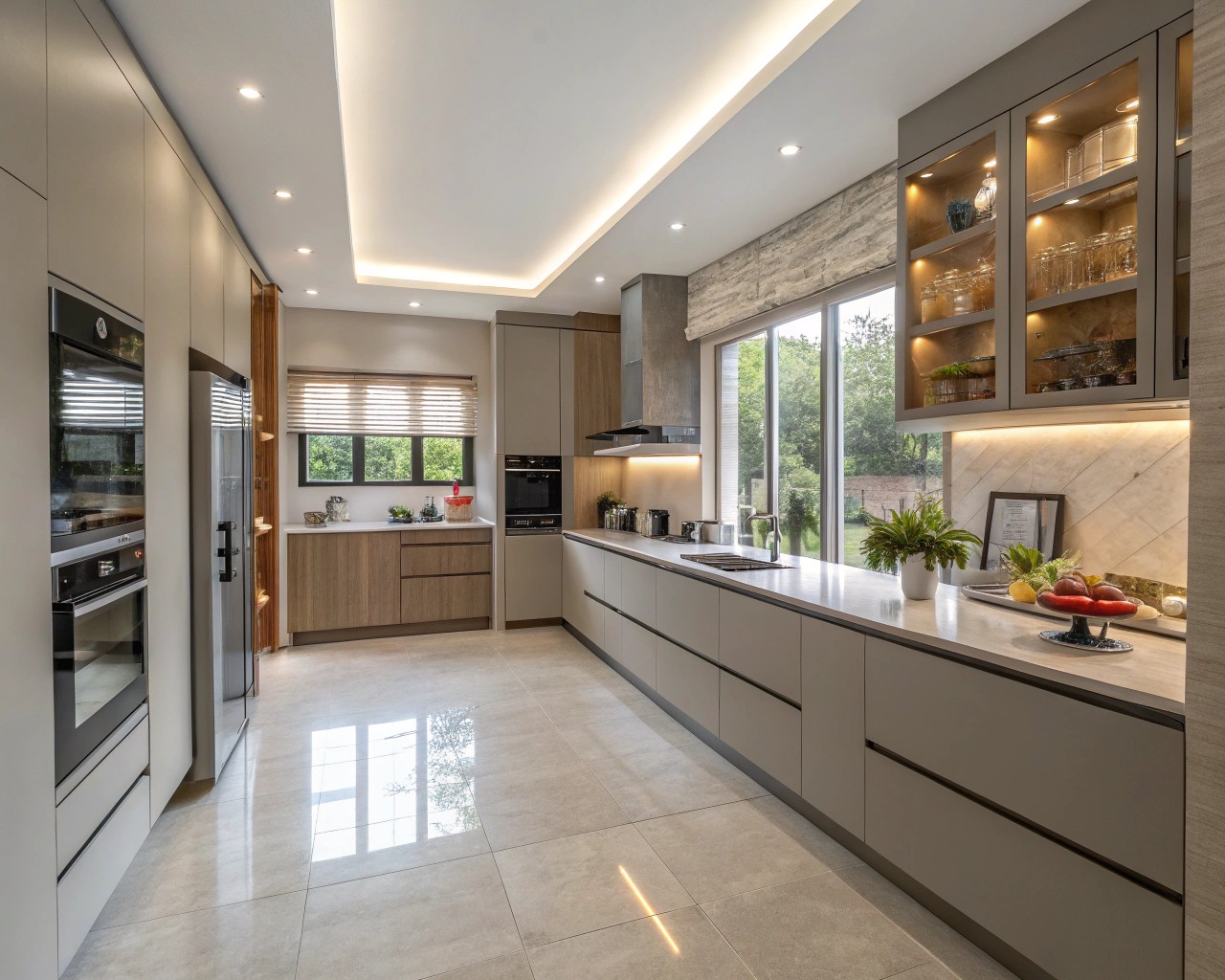
The layout forms the backbone of any kitchen design. In my practice, I carefully evaluate each client’s space, needs, and lifestyle before recommending the most suitable configuration. There are six fundamental kitchen layouts, each with distinct advantages and considerations.
Comparison of Kitchen Layout Types
| Layout Type | Best For | Advantages | Considerations |
|---|---|---|---|
| L-Shaped | Medium spaces | Creates open feel, natural work triangle | May lack storage in smaller spaces |
| U-Shaped | Larger kitchens | Maximum counter space, efficient workflow | Can feel enclosed in smaller spaces |
| Galley/Corridor | Narrow spaces | Efficient use of space, good workflow | Limited counter space, can feel cramped |
| Single-Wall | Small apartments, studios | Space-saving, economical | Limited counter space and storage |
| G-Shaped | Large kitchens | Abundant storage, defined work areas | Requires significant floor space |
| Island | Medium to large kitchens | Additional workspace, social focal point | Requires adequate clearance on all sides |
When designing L-shaped kitchens, I often recommend incorporating an island if space permits. This addition significantly increases counter space while creating a natural gathering point. For galley kitchens, maintaining adequate passage width is crucial—I recommend a minimum of 48 inches between opposing countertops to prevent a cramped feeling while allowing efficient movement.
The Kitchen Work Triangle: Optimizing Movement and Flow
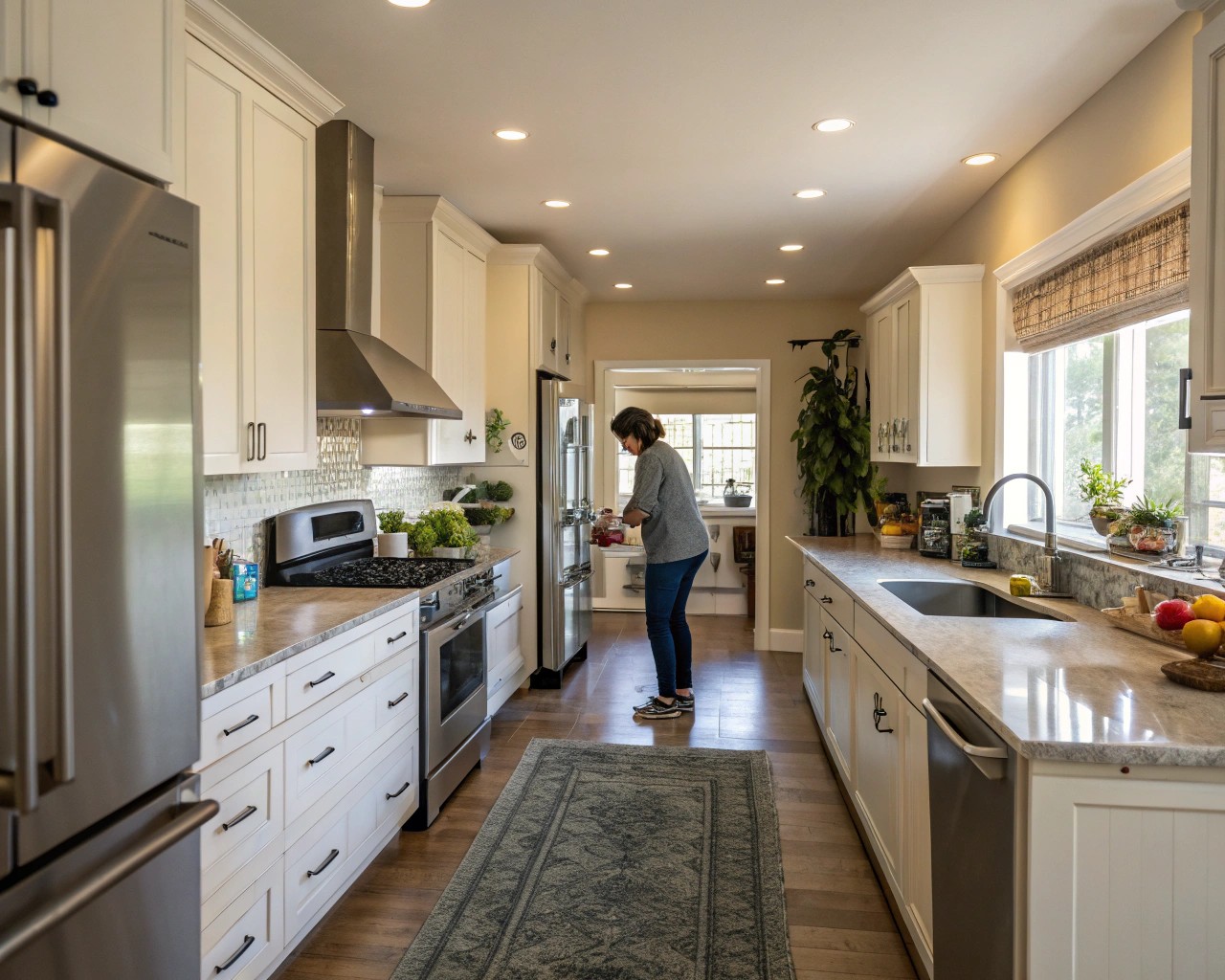
The kitchen work triangle remains a fundamental concept in ergonomic kitchen design, connecting three critical areas: storage (refrigerator), washing (sink), and cooking (stove). This configuration minimizes unnecessary steps while maximizing efficiency.
In my designs, I aim for these key triangle measurements:
- Each leg of the triangle should measure between 4-9 feet
- The sum of all three sides should total between 13-26 feet
- No major traffic path should intersect the triangle
This geometric approach ensures that the cook can move efficiently between workstations without unnecessary steps or obstacles. I’ve found that adhering to these proportions consistently results in more functional kitchens, regardless of the overall layout style chosen.
The Five Essential Kitchen Zones
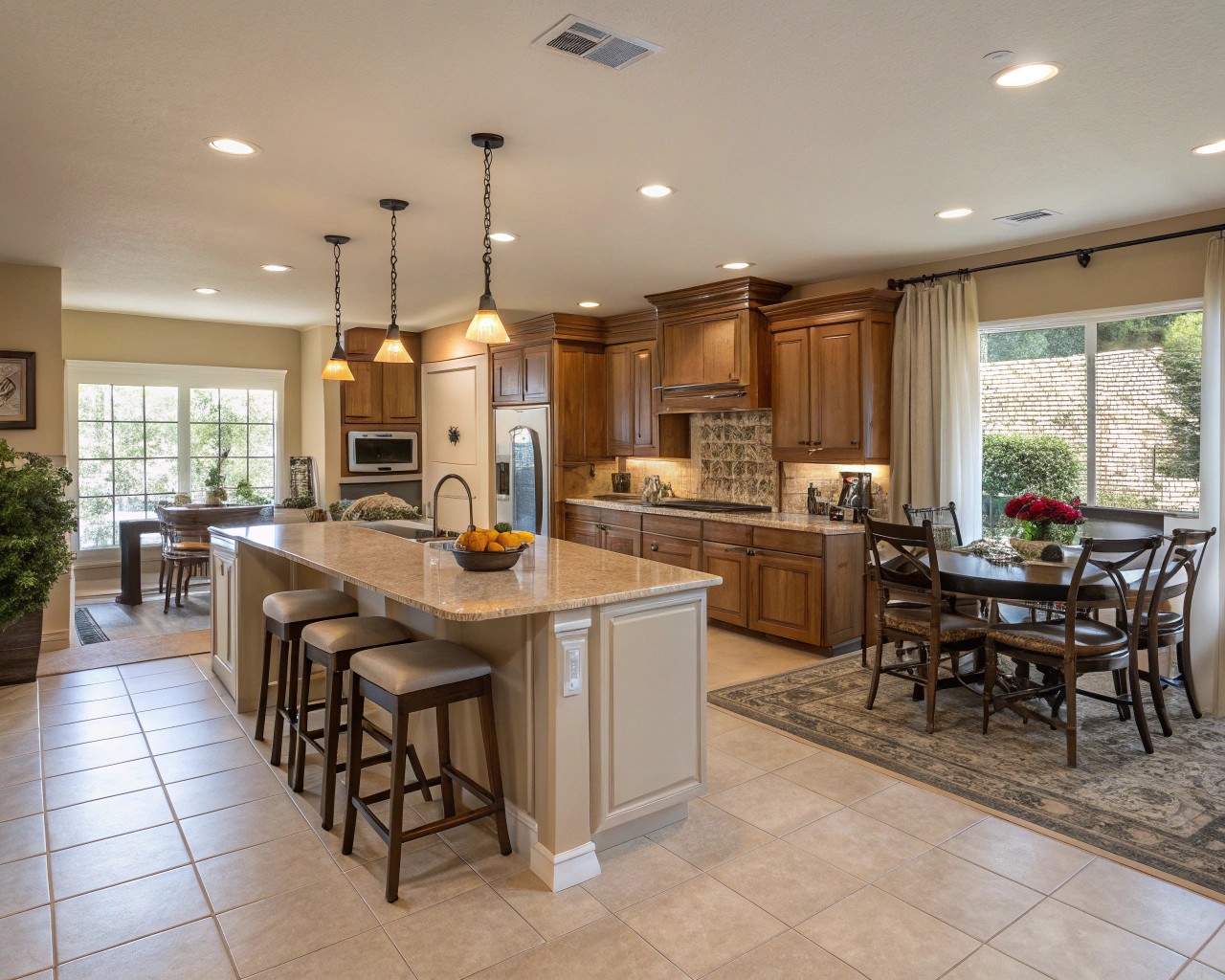
Beyond the work triangle, I approach kitchen design through the lens of five distinct functional zones. This zoning strategy ensures that each area of the kitchen serves a specific purpose and is optimally arranged for its function.
The Essential Kitchen Zones:
- Food Prep Zone: Includes countertop space, cutting boards, and small appliances for food preparation. Located near the refrigerator for easy access to ingredients.
- Cooking Zone: Encompasses the stove, oven, microwave, and immediate surrounding area. Should include storage for cooking utensils, pots, and pans within arm’s reach.
- Cleaning Zone: Contains the sink, dishwasher, and trash receptacles. Ideally positioned between the prep and cooking zones to facilitate cleanup during and after meal preparation.
- Food Storage Zone: Includes the refrigerator, freezer, and pantry areas. Should be accessible from both the prep zone and the entry point where groceries are brought in.
- Utensil Storage Zone: Houses dishes, cutlery, glasses, and appliances. Placement should consider proximity to both the cleaning zone and dining area for efficient setting and clearing of the table.
When designing a kitchen, I ensure that these zones flow logically into each other, creating an intuitive workspace that reduces unnecessary movement and maximizes efficiency.
Ergonomic Measurements: The Science of Comfort
One of the most critical aspects of ergonomic kitchen design is determining optimal working heights for various surfaces. In my practice, I’ve found that even a few inches can make a significant difference in user comfort and reduce physical strain over time.
Standard Ergonomic Measurements for Kitchen Elements
| Kitchen Element | Recommended Height | Ergonomic Consideration |
|---|---|---|
| Standard Countertop | 33.5-37.5 inches (85-95 cm) | Elbows should form 45° angle when palms rest on surface |
| Cooking Surface | 1-2 inches lower than prep surface | Allows looking into pots without straining |
| Sink Basin Bottom | Hands should reach naturally while maintaining good posture | Depth varies based on user height |
| Upper Cabinet Height | Maximum reaching height just above eye level | Frequently used items should be at or below shoulder height |
| Toe Kick Space | 3-4 inches high, 3-4 inches deep | Allows standing closer to counter without strain |
| Kitchen Island Seating | 36 inches for counter height, 42 inches for bar height | Consider appropriate stool heights |
| Walkway Width | Minimum 42 inches for single cook, 48+ inches for multiple cooks | Prevents congestion and allows for safe movement |
When designing for clients of varying heights, I often recommend adjustable or varied-height work surfaces. For instance, a lower section (30-32 inches) can be incorporated for tasks like kneading dough or accommodating seated work, while standard-height counters serve most standing tasks.
Navigating Space: Clearances and Workflow
Proper clearances are essential for a functional kitchen. In my designs, I adhere to these professional standards for space planning:
- Allow 41-47 inches (105-120 cm) between opposing workspaces
- Ensure at least 48 inches clearance in front of appliances that require door opening
- Maintain a minimum of 36 inches for primary walkways
- Allow 60 inches diameter of clear floor space for wheelchair turning
For island kitchens, I insist on adequate clearance on all sides—minimum 36 inches, but preferably 42-48 inches for kitchens where multiple cooks work simultaneously. These measurements ensure comfortable movement and reduce the risk of collisions or accidents in the kitchen.
Materials Selection for Safety and Comfort
The materials you choose for your kitchen significantly impact both safety and ergonomic comfort. As an interior architect, I carefully consider these elements for every project.
Flooring Considerations
Flooring deserves special attention in kitchen design. I often recommend materials like cork and bamboo, which provide a more forgiving surface than traditional tile, reducing joint and muscle strain during extended periods of standing. Strategic placement of anti-fatigue mats near primary work areas—typically by the sink and stove—can further enhance comfort.
For maximum safety, I select non-slip flooring materials that maintain their properties even when wet. This is particularly crucial in commercial kitchens or households with elderly residents.
Countertop Selection Factors
When selecting countertops, I consider not just aesthetics but also ergonomic factors:
- Heat resistance near cooking areas
- Reflectivity and glare under task lighting
- Edge profile comfort (rounded edges reduce pressure points)
- Surface texture for grip when handling food
- Contrast with common ingredients for visual clarity
Lighting: The Essential Element for Safety and Function
Proper lighting is non-negotiable in an ergonomic kitchen design. I implement a three-layer approach to kitchen lighting:
- Ambient lighting: Provides overall illumination of the space
- Task lighting: Focused illumination for specific work areas
- Accent lighting: Highlights design features and creates atmosphere
For task lighting, I place fixtures to eliminate shadows on work surfaces, particularly in food preparation areas. Under-cabinet lighting is essential for illuminating countertops, while pendant lights work well for islands and dining areas.
Natural light remains the gold standard for kitchens, so I maximize window placement when possible, using light colors and reflective surfaces to enhance brightness throughout the space.
Smart Technology Integration
Modern kitchens benefit tremendously from thoughtful technology integration. In my recent designs, I’ve incorporated:
- Motion-sensor faucets to reduce contact points
- Drawer and cabinet systems with soft-close mechanisms
- Pull-out and pull-down storage solutions for accessing high or deep spaces
- Smart appliances that can be operated remotely or via voice command
- Integrated charging stations for devices
These technologies don’t just add convenience—they genuinely enhance ergonomics by reducing physical strain and making the kitchen more accessible to users with varying abilities.
Designing for Sustainability and Future Trends
As we look toward 2025, several emerging trends are shaping the future of kitchen design. Based on industry forecasts, I’m incorporating these elements into my current designs:
- Sustainable materials with low environmental impact
- Energy-efficient appliances and lighting systems
- Multipurpose spaces that adapt to changing needs
- Bold color choices moving away from all-white kitchens
- Minimalist aesthetics with emphasis on functionality
Sustainable design doesn’t compromise ergonomics—in fact, the two concepts often complement each other. Durable, sustainable materials typically provide longer service life, while energy-efficient appliances often incorporate user-friendly features that enhance ergonomic function.
Implementation Checklist: Evaluating Your Current Kitchen
Use this checklist to assess your kitchen’s current ergonomic status:
- [ ] Can you move easily between refrigerator, sink, and stove?
- [ ] Are frequently used items stored between knee and shoulder height?
- [ ] Do countertop heights allow comfortable work without hunching?
- [ ] Is lighting adequate for all tasks without casting shadows?
- [ ] Does flooring provide comfort during extended standing?
- [ ] Are heavy items stored at waist height to prevent strain?
- [ ] Can cabinet contents be easily seen and accessed?
- [ ] Is there adequate counter space adjacent to major appliances?
- [ ] Are there sufficient electrical outlets at convenient locations?
- [ ] Is ventilation effective at removing cooking odors and moisture?

